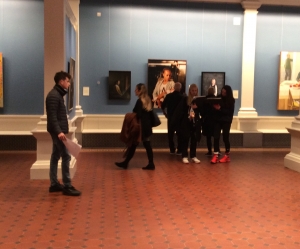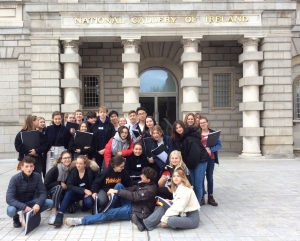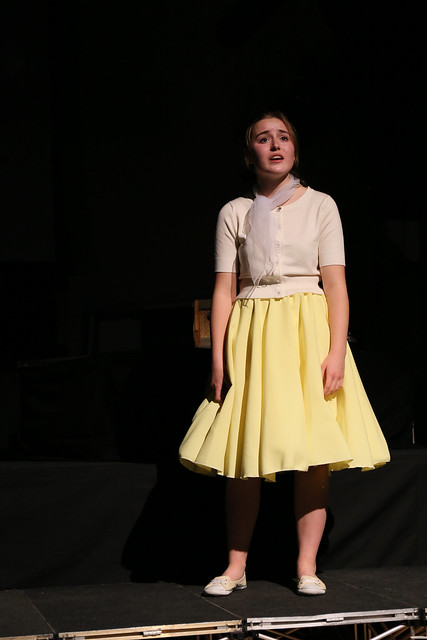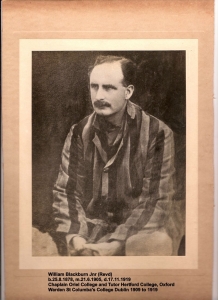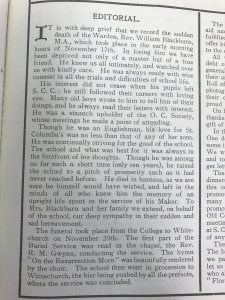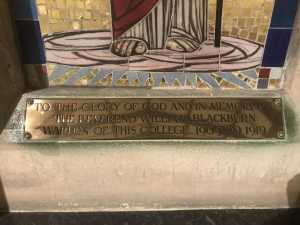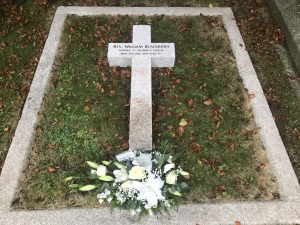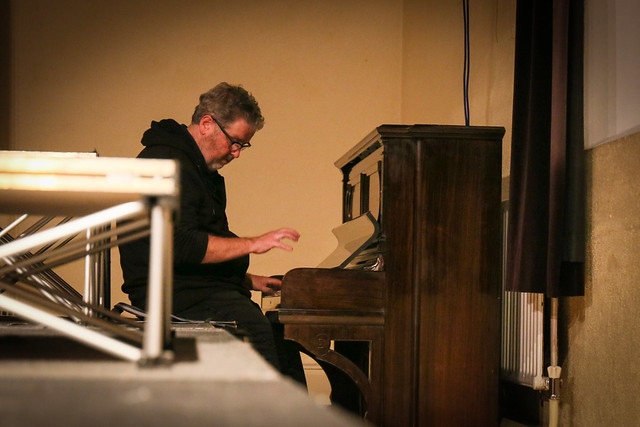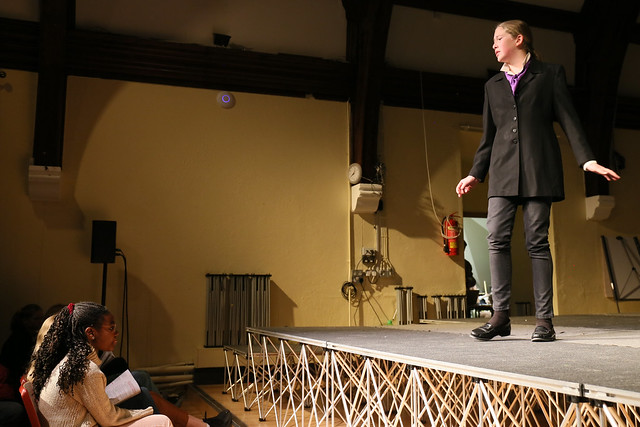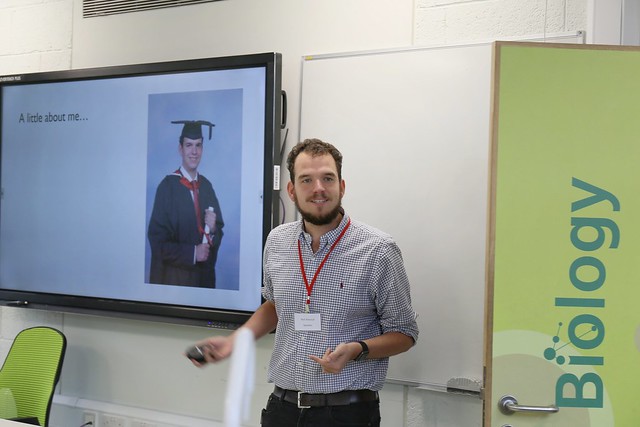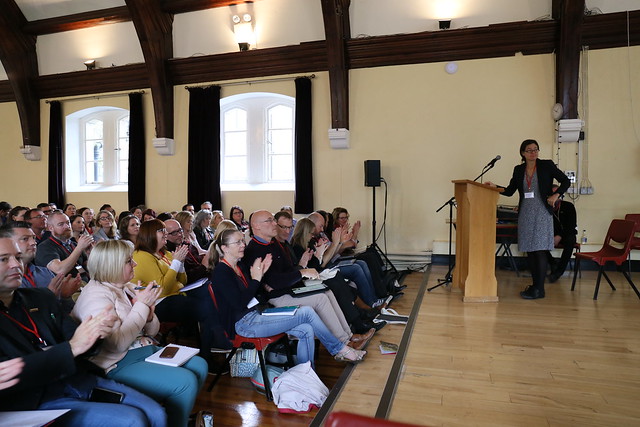Lioba Preysing, Form IV, reports on her recent class visit to the National Gallery of Ireland
On Wednesday, November 13th, Form IV artists went to visit the National Gallery of Ireland in the centre of Dublin together with Ms. Cullen and Miss. Murphy. First, we went to the permanent collection of the gallery looking in particular at two paintings. The first one was by William Orpen showing a portrait of his parents sitting in their big house on two chairs. The picture does not show much detail in the background because William Orpen wanted people to focus on the double portrait. To add himself to the portrait he draws a mirror with his reflection in it. This gave the picture a personal touch. After focusing on the portrait, we drew a quick sketch of it. We also looked at a painting by Louis le Brocquy. His painting is called `A Family`. The painting had a similar painting style to Pablo Picasso. It is a grey and bleak image depicting a post-war family.
We also went to the Zurich Portrait Prize Exhibition, 2019. This is an annual competition showing portraits by Irish artists to encourage interest in contemporary portraiture and to raise the profile of the National Portrait Collection. First, we looked at the portrait of the designer John Rocha by Geraldine O Neill. This image shows the subject in his design studio behind the scenes surrounded by all the materials with which he works.
This year’s Zurich Portrait Prize has been awarded to Enda Bowe, one of 27 shortlisted artists, at the National Gallery of Ireland. He won the prize for his photograph of a young mother with her baby, Cybil McCaddy with Daughter Lulu.
In a different section were also the works of the Zurich Young Portrait Prize Competition, which is new this year. Applicants are children and young people of up to 18 years of age. The winner was a 12-year old girl! Her work is also a photograph showing a self-portrait in black and white. It was fantastic to see all these works, especially the ones from the young children who are in our age groups. Our class really enjoyed the excursion and we look forward to trying out our own portraits in the classroom!

